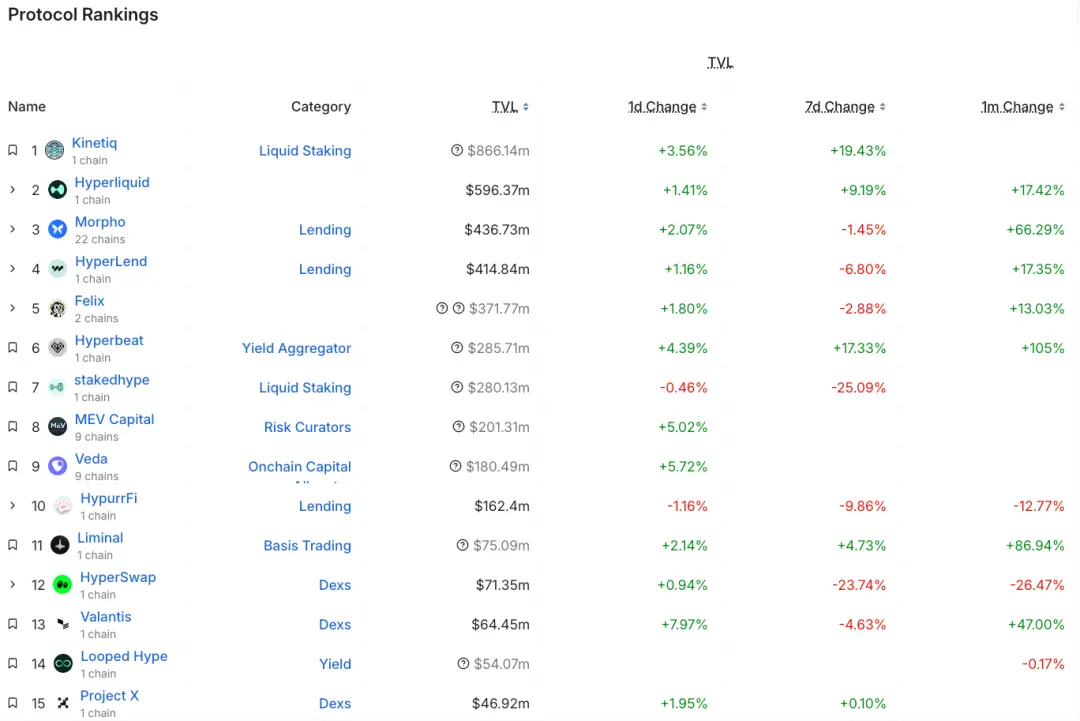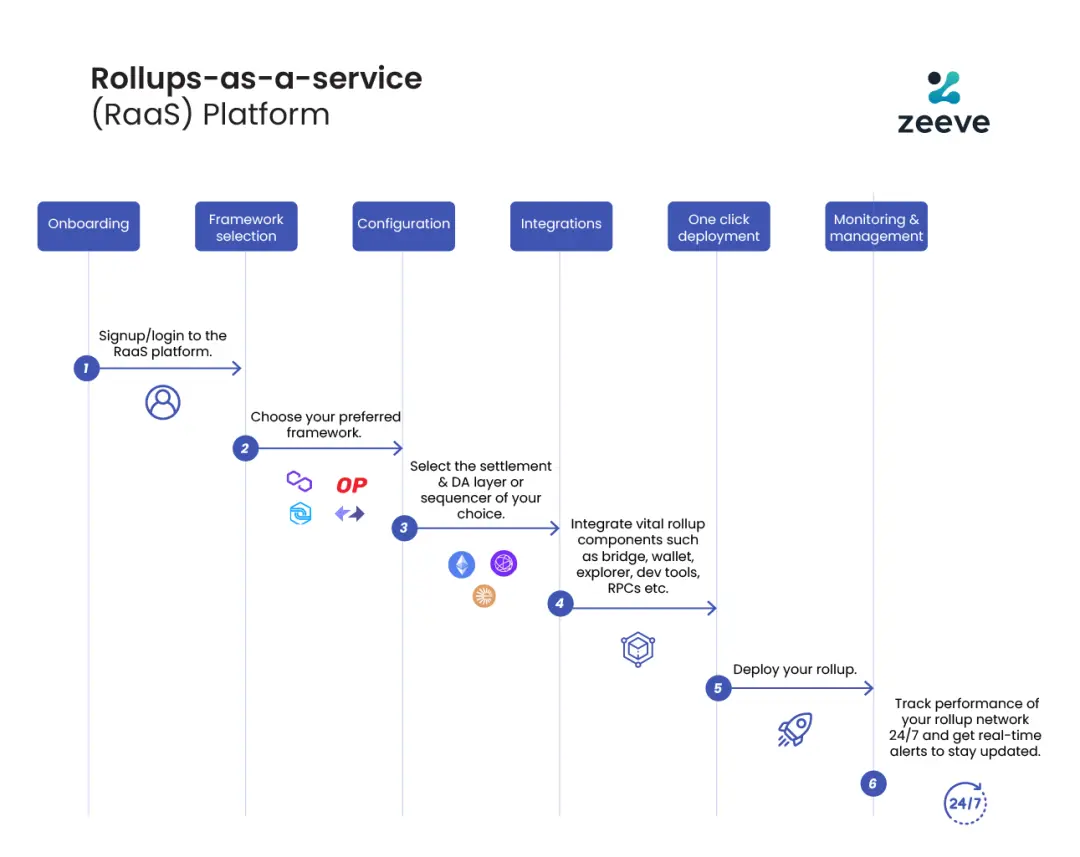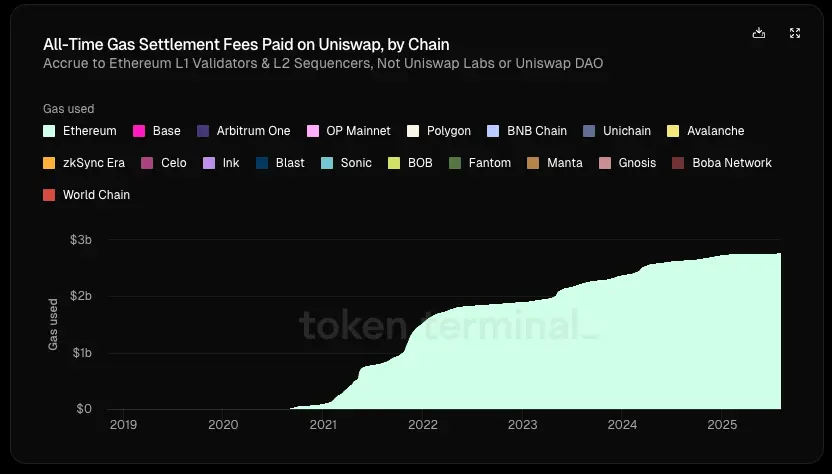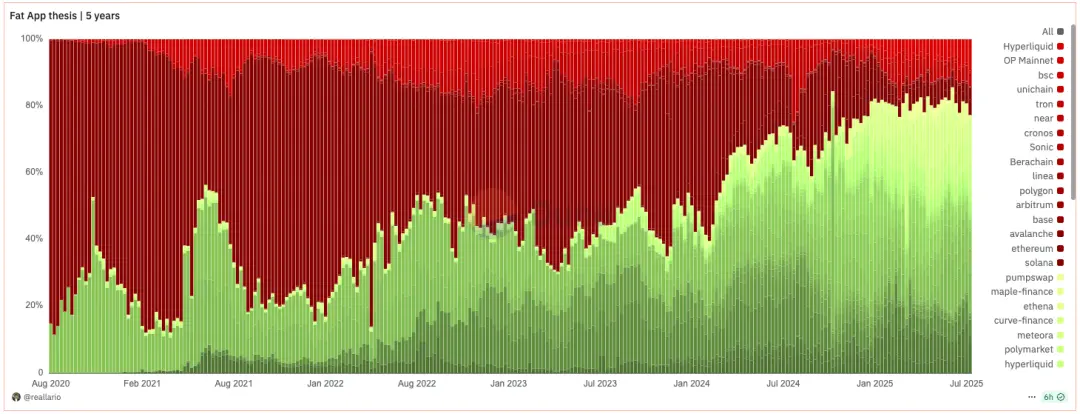Author|Jiawei @IOSG
Three years ago, we wrote an article on Appchains, triggered by dYdX announcing the migration of its decentralized derivatives protocol from StarkEx L2 to the Cosmos chain, launching its v4 version as an independent blockchain based on the Cosmos SDK and Tendermint consensus.
In 2022, Appchains may have been a relatively marginal technological option. Entering 2025, with the launch of more Appchains, especially Unichain and HyperEVM, the competitive landscape of the market is quietly changing, forming a trend around Appchains. This article will start from this point to discuss our Appchain Thesis.
Uniswap and Hyperliquid's Choice

▲ Source: Unichain
The idea of Unichain emerged early, with Nascent founder Dan Elitzer publishing 'The Inevitability of Unichain' in 2022, pointing to the inevitability of Uniswap launching Unichain due to its scale, brand, liquidity structure, and demand for performance and value capture. Since then, there has been ongoing discussion about Unichain.
Unichain officially launched in February today, with over 100 applications and infrastructure providers already building on Unichain. The current TVL is about 1 billion USD, ranking in the top five of many L2s. In the future, Flashblocks with 200ms block time and the Unichain verification network will also be launched.

▲ Source: DeFiLlama
As a perp, Hyperliquid has clearly had the need for Appchains and deep customization from day one. Beyond its core products, Hyperliquid has also launched HyperEVM, which, like HyperCore, is protected by the HyperBFT consensus mechanism.
In other words, beyond its powerful perp product, Hyperliquid is also exploring the possibility of building an ecosystem. Currently, the HyperEVM ecosystem already has over 2 billion USD in TVL, and ecosystem projects are beginning to emerge.
From the development of Unichain and HyperEVM, we can intuitively see two points:
The competitive landscape of L1/L2 is beginning to differentiate. The combined TVL of the Unichain and HyperEVM ecosystems exceeds 3 billion USD. These assets should have previously been sedimented in general-purpose L1/L2s like Ethereum and Arbitrum. The top applications establishing their own platforms directly lead to the loss of core value sources such as TVL, trading volume, transaction fees, and MEV for these platforms.
In the past, L1/L2 and applications like Uniswap and Hyperliquid had a symbiotic relationship, where applications brought activity and users to the platform, and the platform provided safety and infrastructure for the applications. Now, Unichain and HyperEVM themselves have become platform layers, forming direct competition with other L1/L2s. They not only compete for users and liquidity but also begin to compete for developers, inviting other projects to build on their chains, significantly changing the competitive landscape.
The expansion paths of Unichain and HyperEVM are starkly different from the current L1/L2. The latter often builds infrastructure first and then attracts developers with incentives. However, the model of Unichain and HyperEVM is 'product-first'—they first have a market-validated core product with a large user base and brand recognition, and then build ecosystems and network effects around this product.
This path is more efficient and sustainable. They do not need to 'buy' the ecosystem through high developer incentives, but rather 'attract' the ecosystem through the network effects and technological advantages of their core products. Developers choose to build on HyperEVM because there are high-frequency trading users and real demand scenarios, not because of elusive incentive promises. Clearly, this is a more organic and sustainable growth model.
What has changed in the past three years?

▲ Source: zeeve
First is the maturity of the tech stack and the improvement of third-party service providers. Three years ago, building an Appchain required teams to master full-stack blockchain technology, but with the development and maturity of RaaS services like OP Stack, Arbitrum Orbit, and AltLayer, developers can now combine various modular components on demand, greatly reducing the engineering complexity and upfront capital investment in building Appchains. The operating model has shifted from building infrastructure in-house to purchasing services, providing flexibility and feasibility for application layer innovation.
Secondly, there is brand and user mindset. We all know that attention is a scarce resource. Users are often loyal to the brand of the application rather than the underlying technological infrastructure: users use Uniswap because of its product experience, not because it runs on Ethereum. With the widespread adoption of multi-chain wallets and further improvements in UX, users are almost unaware when using different chains— their touchpoints are often wallets and applications first. When applications build their own chains, users' assets, identities, and usage habits sediment within the application ecosystem, forming a powerful network effect.

▲ Source: Token Terminal
Most importantly, applications' pursuit of economic sovereignty is gradually becoming prominent. In the traditional L1/L2 architecture, we can see that the flow of value presents a clear 'top-down' trend:
The application layer creates value (Uniswap's trading, Aave's lending)
Users pay fees for using applications (application fees + gas fees), with part of these fees going to the protocol and part to LPs or other participants.
100% of the gas fees flow to L1 validators or L2 orderers.
MEV is divided among searchers, builders, and validators in varying proportions.
Ultimately, L1's tokens capture other values apart from app fees through staking.
In this chain, the application layer that creates the most value captures the least.
According to Token Terminal statistics, in Uniswap's total value creation of 6.4 billion USD (including LP earnings, gas fees, etc.), the allocation received by protocols/developers, equity investors, and token holders is less than 1%. Since its launch, Uniswap has generated 2.7 billion USD in gas revenue for Ethereum, which is about 20% of the settlement fees charged by Ethereum.
So what happens if an application has its own chain?
They can internalize gas fees, using their own tokens as gas tokens; and internalize MEV by controlling the orderers to minimize malicious MEV, returning benign MEV to users; or customize fee models to achieve more complex fee structures, etc.
In this view, seeking the internalization of value becomes the ideal choice for applications. When the bargaining power of an application is strong enough, it will naturally demand more economic benefits. Therefore, high-quality applications have a weak dependence on the underlying chain, while the underlying chain has a strong dependence on high-quality applications.
Summary

▲ Source: Dune@reallario
The above chart roughly compares the revenues of protocols (in red) and applications (in green) from 2020 to present. We can clearly see that the value captured by applications is gradually increasing, reaching about 80% this year. This may somewhat overturn Joel Monegro's famous theory of 'fat protocols and thin applications.'
We are witnessing a paradigm shift from the 'fat protocol' theory to the 'fat application' theory. Looking back at the pricing logic of projects in the past cryptocurrency field, it was mainly centered around 'technical breakthroughs' and underlying infrastructure. In the future, it will gradually shift to a pricing method anchored by brand, traffic, and value capture capability. If applications can easily build their own chains based on modular services, the traditional L1 'rent-seeking' model will be challenged. Just as the rise of SaaS has diminished the bargaining power of traditional software giants, the maturity of modular infrastructure is also weakening the monopolistic position of L1.
The market capitalization of future leading applications will undoubtedly exceed that of most L1s. The valuation logic of L1 will shift from the previous 'capturing the total ecological value' to a stable, secure decentralized 'infrastructure service provider.' Its valuation logic will be closer to public goods that generate stable cash flows, rather than 'monopolistic' giants that can capture most of the ecological value. Its valuation bubble will be squeezed to some extent. L1 also needs to rethink its positioning.
Regarding Appchains, our view is that due to their brand, user mindset, and highly customized on-chain capabilities, Appchains can better sediment long-term user value. In the 'fat application' era, these applications can not only capture the direct value they create but also build blockchains around the applications themselves, further externalizing and capturing the value of infrastructure—they are both products and platforms; serving end-users as well as other developers. In addition to economic sovereignty, top applications will also seek other forms of sovereignty: decision-making power for protocol upgrades, transaction ordering and censorship resistance, and ownership of user data, etc.
Of course, this article mainly discusses top applications like Uniswap and Hyperliquid that have launched Appchains. The development of Appchains is still in its early stages (Uniswap's TVL on Ethereum still accounts for 71.4%). Protocols like Aave, which involve packaged assets and collateral and highly rely on composability within a single chain, are also not very suitable for Appchains. Relatively speaking, Perp with external demand only from oracles is more suitable for Appchains. Moreover, Appchains may not be the best choice for mid-tier applications; each situation needs to be analyzed on a case-by-case basis. This will not be elaborated further here.



